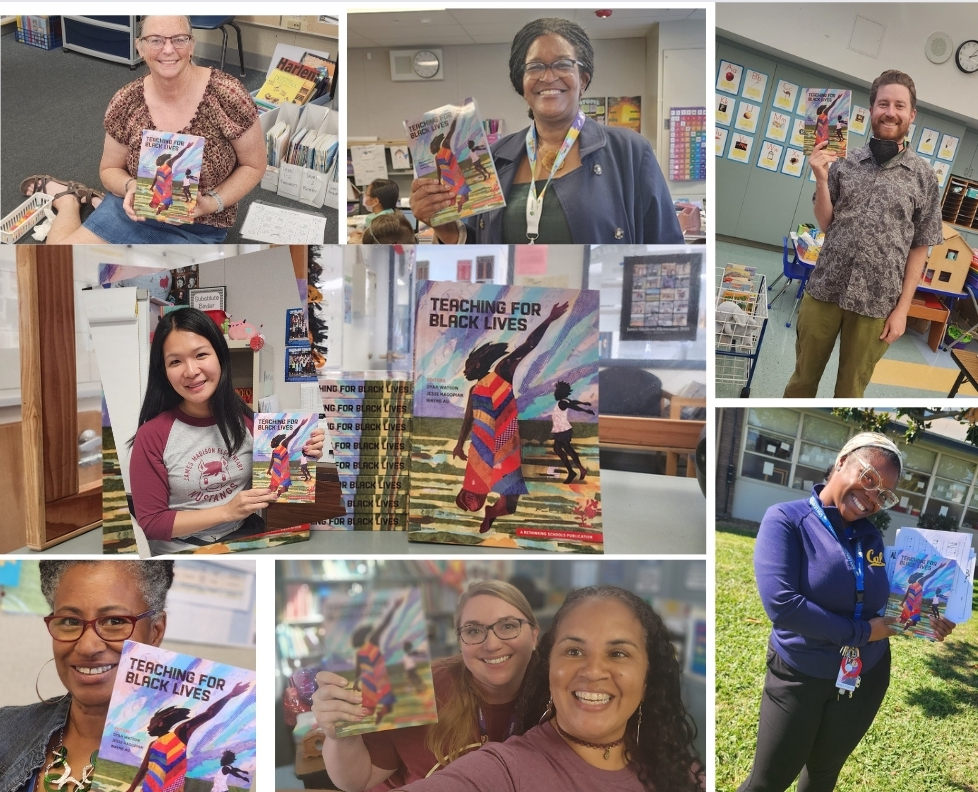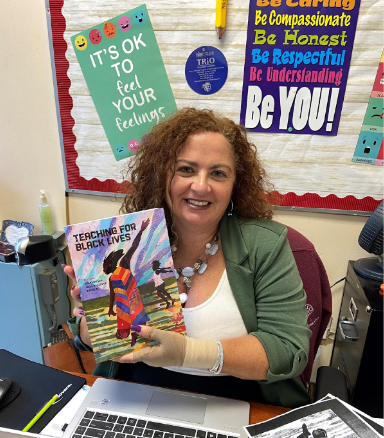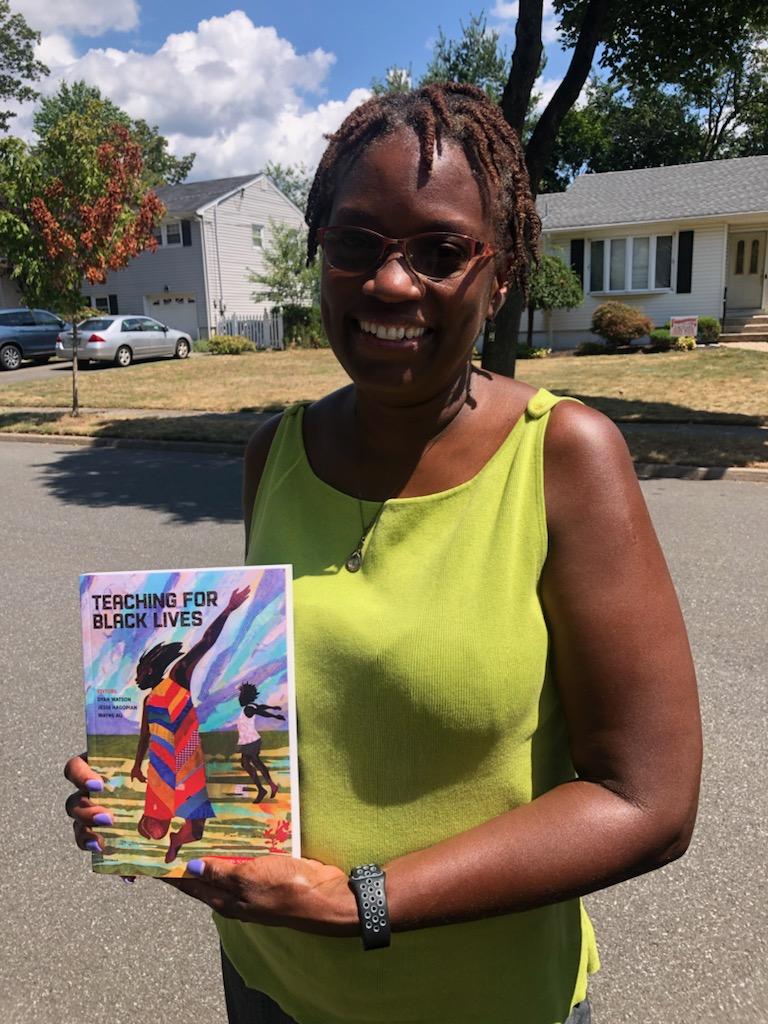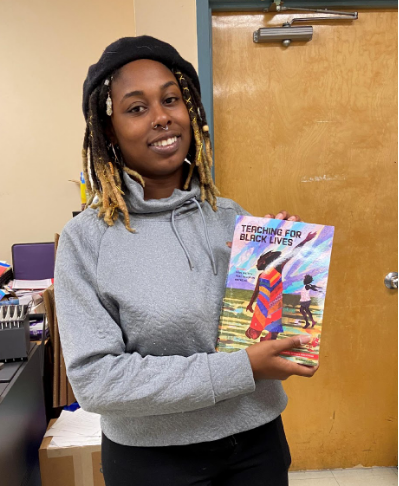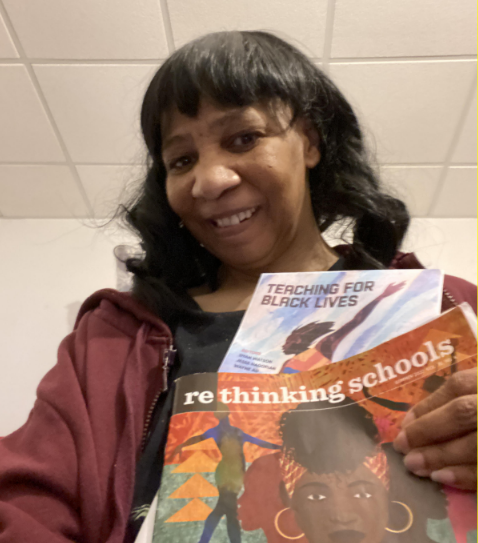The Zinn Education Project has begun its third year of nurturing communities of anti-racist educators by sponsoring 100 Teaching for Black Lives study groups across the United States.
With almost 200 applications, we heard from a wide range of educators across the country who are “craving tangible ways that we can make our classrooms center anti-racism, inclusion, and equity.”
Each study group member receives a copy of Teaching for Black Lives, a Rethinking Schools magazine subscription, workshops, and more.
Here are some of the hopes and goals expressed by study group members and coordinators.

